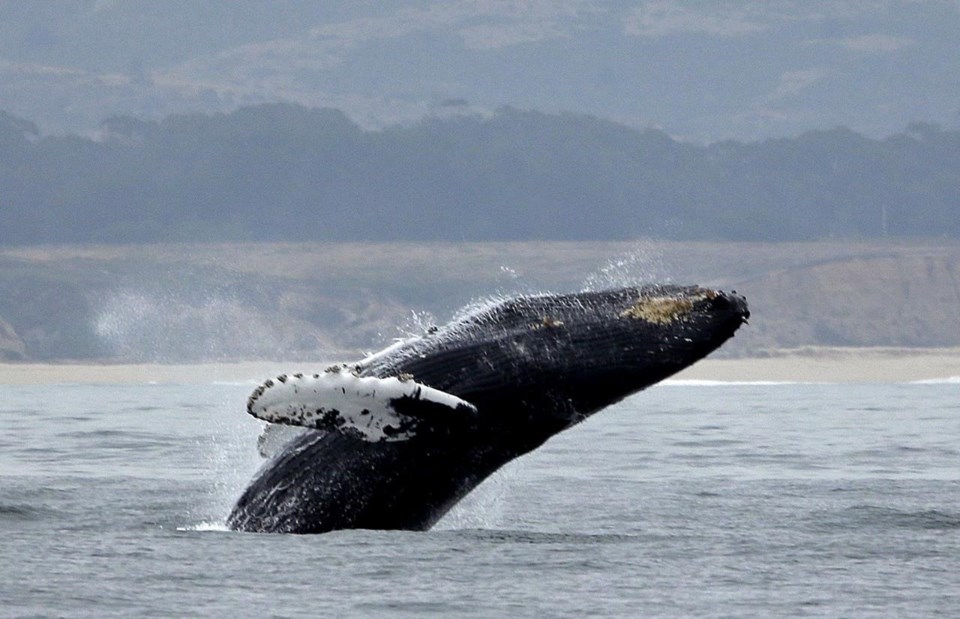A U.S. judge this week ruled that the National Marine Fisheries Service violated the law when it failed to develop a plan to prevent West Coast commercial sablefish fishermen from harming humpback whales.
The Endangered Species Act requires the fisheries service to develop a plan to reduce the number of whales accidentally injured or killed by the fishery, but the agency neither crafted such a plan nor started to create one, the ruling said.
About 150 commercial fishing vessels use traps to capture sablefish in waters off California, Oregon and Washington.
The fisheries service estimates the fishery accidentally injuries or kills an average of one humpback whale per year.
Sablefish dwell on muddy ocean floors deeper than 650 feet (200 meters). To target the fish, fishermen place multiple heavy pots on the seafloor and link them together with heavy-duty fishing line.
The number of pots ranges from 15 to 50 while the lines can stretch about two miles (three kilometers), according to court documents. The fishery deployed an annual average of 75,000 pots from 2015 to 2019, the document said.
Judge James Donato, of the Northern District of California, found inadequate the agency’s reasoning that it didn't have enough money to develop take-reduction plans for all species that need them. The judge said insufficient funds may absolve the government from meeting all deadlines for such plans, but the agency “cannot indefinitely delay” creating them.
Donato ordered the parties back in court next month to discuss next steps.
Michael Milstein, a spokesperson for the agency, said officials are reviewing the decision and didn't have further comment at this time.
The Center for Biological Diversity, an environmental organization that sued the fisheries service over the issue last year, welcomed the ruling.
“This is a clear win for endangered humpback whales, who face enough deadly threats in the water already,” Kristen Monsell, the center's oceans legal director, said in a statement.
The lawsuit said humpback whales can die of starvation or infection when they become entangled in sablefish pot gear.
Fishing lines can wrap around a whale, sometimes anchoring the whale in place, which can drown or severely injure it, the lawsuit said. Whales can also swim away, dragging the gear behind. In such cases, fishing line can dig into the whale's body and drain its energy.
Most of the fishing was concentrated off Astoria and Newport in Oregon and off Fort Bragg and San Francisco in California, the lawsuit said.
Humpback whales live in oceans around the world and often migrate long distances. In the North Pacific, they feed in colder waters during the summer and breed in warmer waters during the winter.
There are two distinct populations of humpback whales in West Coast waters. The Mexico population is classified as threatened under the Endangered Species Act. These whales breed and calve along the Pacific coast of Mexico and feed from California to Alaska's Aleutian Islands.
The Central America population is endangered. These whales breed and calve in waters off Costa Rica, Guatemala and other Central American counties. In the summer, they swim north to feed in waters off California, Oregon, Washington and British Columbia.
Audrey Mcavoy, The Associated Press




